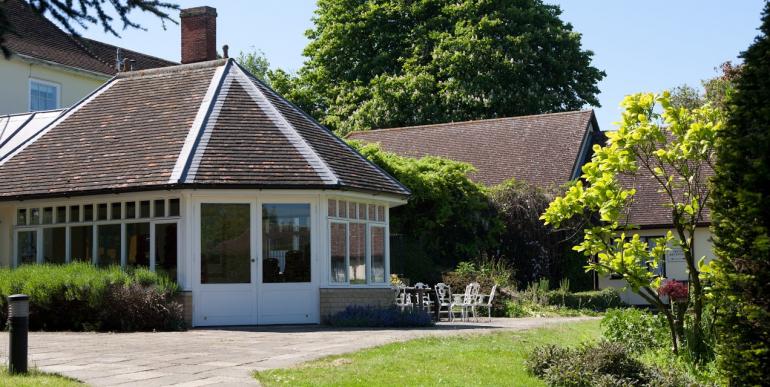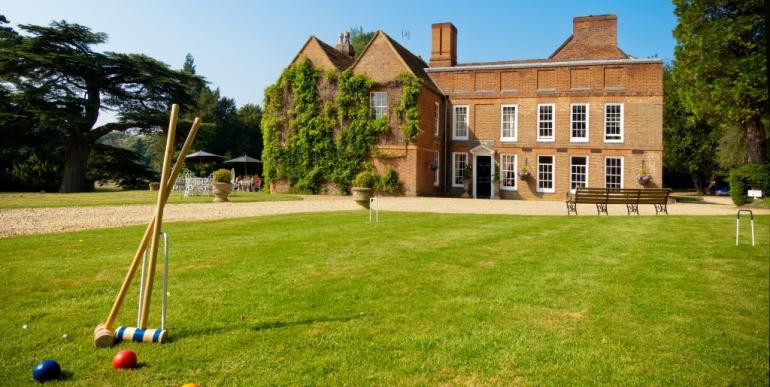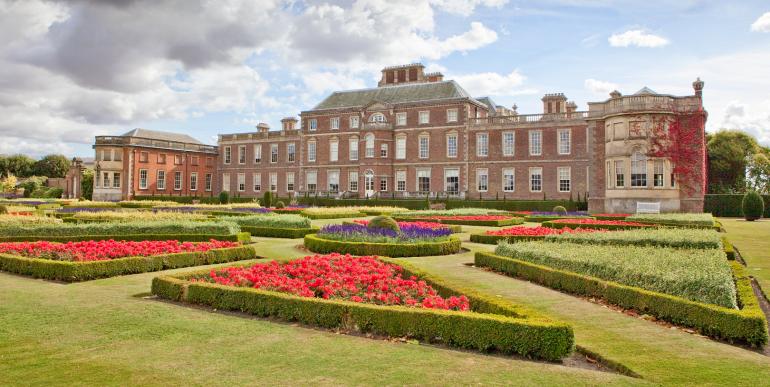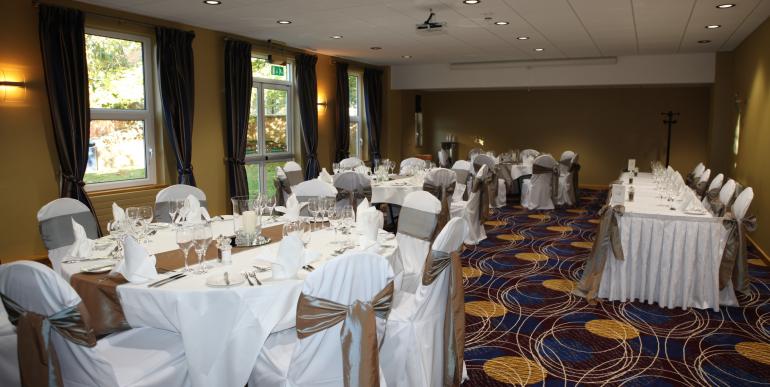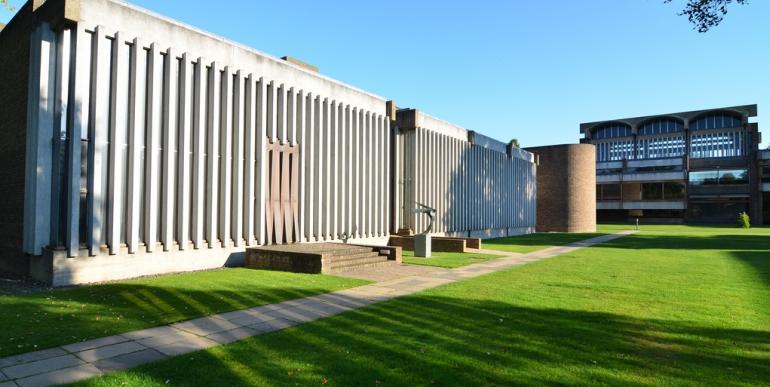From Tilbury to Cromer, East Anglia is known for its agricultural land and flat terrain, with most of its area reclaimed from marshland in the 17th century. During the Second World War, its flat terrain made East Anglia a popular place for airfields.
Besides ears of corn and the spectre of Lancaster bombers, it is also known for its seaside resorts, concrete cows and the Norfolk Broads. It is also noted for its scientific leanings, stately homes and the works of John Constable. All of the above which makes for the most suitable of conference venues? Quite probably.
East Anglia has a good amount of seaside resorts, ranging from the all-action resorts of Southend-on-Sea and Great Yarmouth, to more genteel places like Cromer and Southwold. Southend-on-Sea's proximity to London makes for an attractive alternative, with two conference venues in The Tickfield Centre and Saxon Hall. Both are close to the town centre, with Saxon Hall nearest to London Southend Airport. Delegates wishing to take a break could explore the resort and visit the UK's longest pier.
Not too far from Southend are the historical cities of Chelmsford and Colchester. Both cities are on the Londinium to Camulodonum Roman Road, which forms part of today's A12. Whereas Chelmsford gained City Status in 2012, Colchester could claim to be the oldest recorded town in Britain, with records going back to AD 79. Chelmsford is also home to Essex County Cricket Club, which as well as playing host to Test Matches, is a fine conference venue. Part of the University of Essex in Colchester and Southend-on-Sea, is Venue Essex, a recent addition to the conferencing circuit.
By contrast, some 105 miles west, is the New Town of Milton Keynes. Designated in 1967, it absorbed a number of villages plus small towns like Wolverton. It is also noted for its concrete cows and the Open University. Most of MK, particularly Central Milton Keynes is designed to a grid style of street pattern. Its road and rail links have made the Buckinghamshire New Town an attractive alternative to London, with plenty of indoor and outdoor conference venues around its centre.
For a truly inspirational venue, why not consider Cambridge? Its architecturally stunning cityscape has a wealth of superb buildings, extensive green spaces and a unique atmosphere. Its university has a collection of buildings dating back to the 13th century, and an unrivalled variety of venues to suit all audiences.
Also architecturally stunning is the city of Norwich. It is noted for its cathedral, the 12th century keep of Norwich Castle, medieval streets and its famed export, Colman's Mustard. It has the largest open air market in the UK and is seen by many as being the gateway to the Norfolk Broads. As conference venues are concerned, the University of East Anglia, Dragon Hall and The Assembly House are among a number in and around the city centre.
Norwich isn't too far away from Norfolk's stately homes and natural features. There's The Blicking Estate, set in sumptuous gardens and parkland with a gift shop. The delightful Jacobean house has a nationally important book collection. There is also a pub, the Buckinghamshire Arms, which is on the estate. Also worth visiting is Sandringham House, the Norfolk retreat of Her Majesty The Queen.
Norfolk's seaside resorts include Hunstanton, Wells-next-the-Sea, Cromer and Great Yarmouth. Hunstanton, Wells-next-the-Sea and Cromer are all quiet resorts suitable families. Great Yarmouth is a lively resort with an amusement park, two piers, a racecourse, greyhound track and two theatres.
Great delights of Suffolk include the unspoilt seaside resort of Southwold. Its main attractions include a harbour, cinema, and its pier. The town's Adnams Brewery is also open for brewery tours. Equally worth visiting and just as unspoilt is Aldeburgh. It is popular place of pilgrimage for artists, being the one time home of composer Benjamin Britten. Close to the border of Norfolk and Suffolk is Lowestoft, which is both a busy shopping centre and a popular seaside resort. Just outside the centre is the East Anglia Transport Museum in Carlton Colville.
Ipswich is Suffolk's main shopping centre. Its rise came about in the 7th century when it became a maritime town built around its quay. Today, its docks no longer sees commercial use, with residential apartment blocks looking out to the waterfront. It also has Suffolk's only Football League side, Ipswich Town.
By road and rail, the most western fringes of East Anglia are served by the A1(M) and the M11. The A12 takes in Chelmsford and Colchester before via Ipswich and Southwold till finishing at Great Yarmouth. Regular trains from Norwich and King's Lynn serve London, terminating at Liverpool Street and King's Cross stations.
Its airports include London Stansted, London Southend and Norwich International. All three have scheduled and chartered flights with Europe-wide destinations. Harwich has regular sailings to Hook of Holland and Esbjerg ports.
With excellent access to London and Birmingham, East Anglia is a most inspiring place to hold your conference. Whether you fancy Cambridge, Milton Keynes, Norwich or Southwold, there is a wealth of suitable conference venues to choose from.


